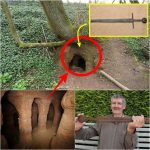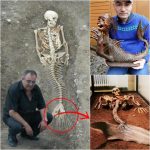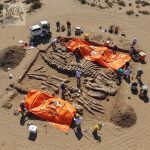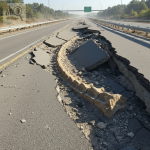Nuremberg’s Plague Graves: Europe’s Largest Mass Burial?
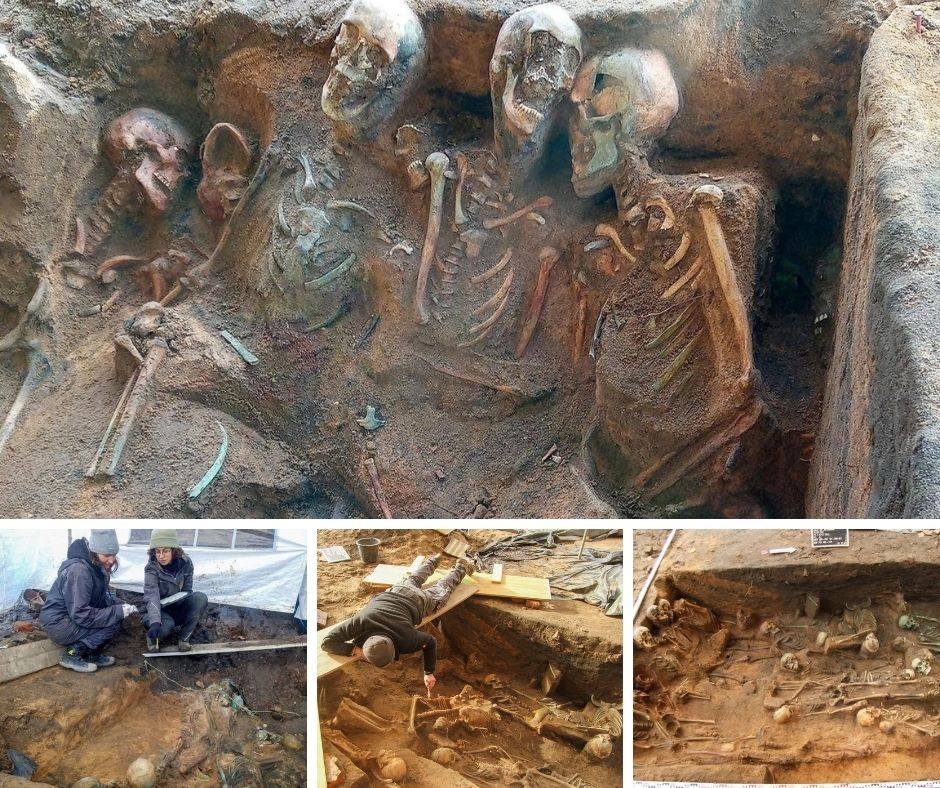
Archaeologists in Nuremberg, Germany have made a discovery that could redefine our understanding of one of Europe’s darkest chapters. In what may be the largest plague mass grave ever uncovered in Europe, a team led by Melanie Langbein and Julian Decker unearthed eight massive burial pits containing the remains of more than 1,000 individuals, with estimates rising to as many as 1,500 victims. This haunting discovery offers a stark reminder of the scale and speed of the bubonic plague outbreak of 1632–1633, which devastated the city and its people.

Unlike traditional Christian burials of the time, these victims were interred without ceremony, packed tightly together in trenches. The sheer density of the remains speaks to the urgency and desperation of the moment—when thousands were dying faster than the living could dig graves. Radiocarbon dating confirms the timing of the burials, while historical records align with one of the most catastrophic outbreaks to sweep through the region during the Thirty Years’ War.
The bubonic plague, spread primarily by fleas carried on rats, was one of history’s deadliest pandemics. While the infamous Black Death of the 14th century is more widely remembered, outbreaks continued to devastate Europe for centuries afterward. The Nuremberg discovery highlights the ongoing vulnerability of early modern cities, where dense populations, limited sanitation, and constant movement of soldiers and traders created ideal conditions for epidemics to spread unchecked.
For archaeologists, the discovery is more than a grim reminder—it is also an invaluable scientific opportunity. The skeletal remains may provide insights into how the plague affected different groups, revealing patterns of health, malnutrition, or trauma. They may also shed light on burial practices under extreme crisis, showing how faith and tradition gave way to survival and necessity. Researchers hope that DNA analysis could even identify traces of Yersinia pestis, the bacterium responsible for the plague, offering new understanding of its evolution and impact on human populations.
Beyond the science, the emotional weight of the site is undeniable. Each skeleton represents a life abruptly cut short, a family torn apart, a community overwhelmed. The hurried mass burials reflect a society in crisis, unable to mourn properly as death surrounded them. In many ways, the Nuremberg graves stand as a silent monument to resilience and loss, bridging past and present as we reflect on our own modern struggles with pandemics.
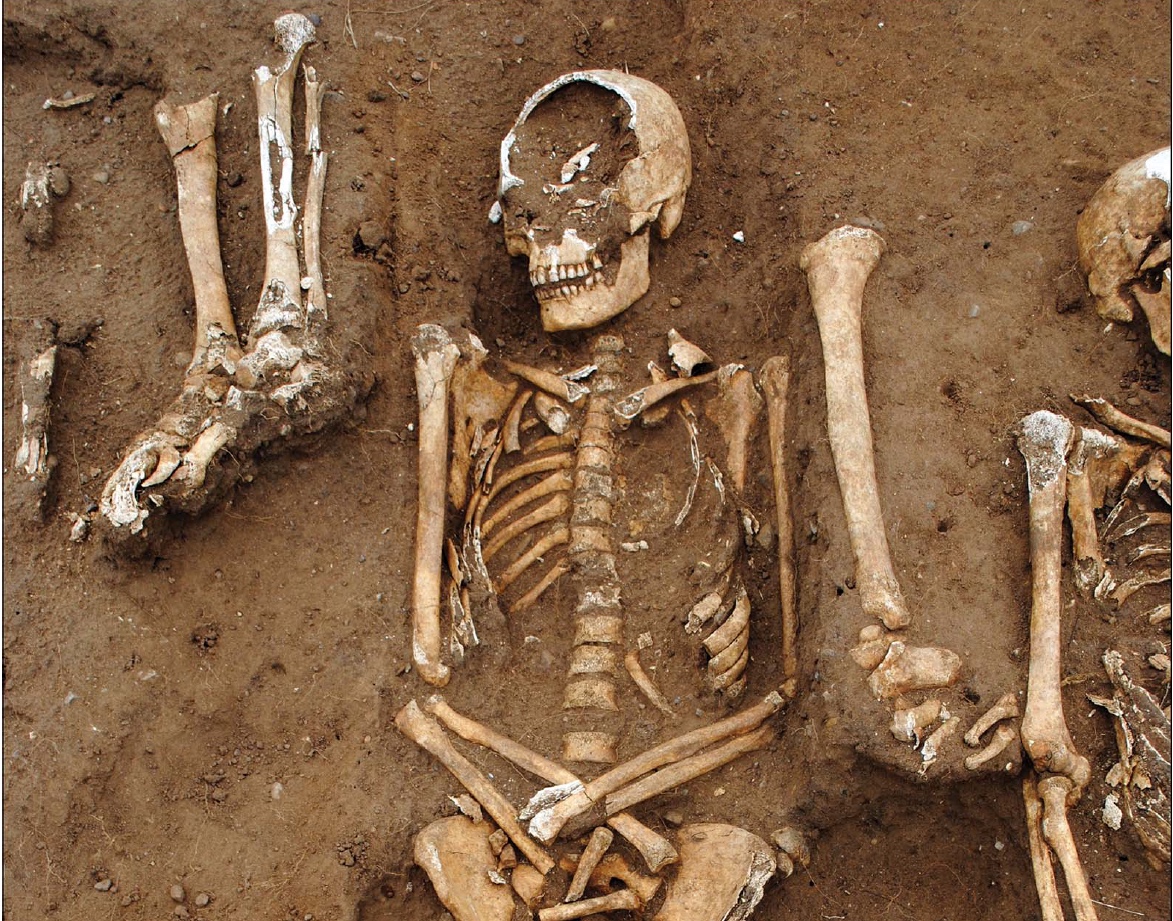
This discovery also reshapes the historical map of plague archaeology. While other mass graves have been found across Europe, the sheer scale of Nuremberg’s site makes it unique. It forces historians to reexamine the magnitude of the 17th-century outbreak and its long-lasting consequences for urban life, faith, and society in Germany.
The Nuremberg plague graves are more than an archaeological site—they are a testament to the fragility of human life and the enduring scars of disease. As excavations continue, each bone unearthed tells part of a collective story, reminding us that even in death, history speaks.
#PlagueHistory #Archaeology #EuropeanHistory #MassBurial
